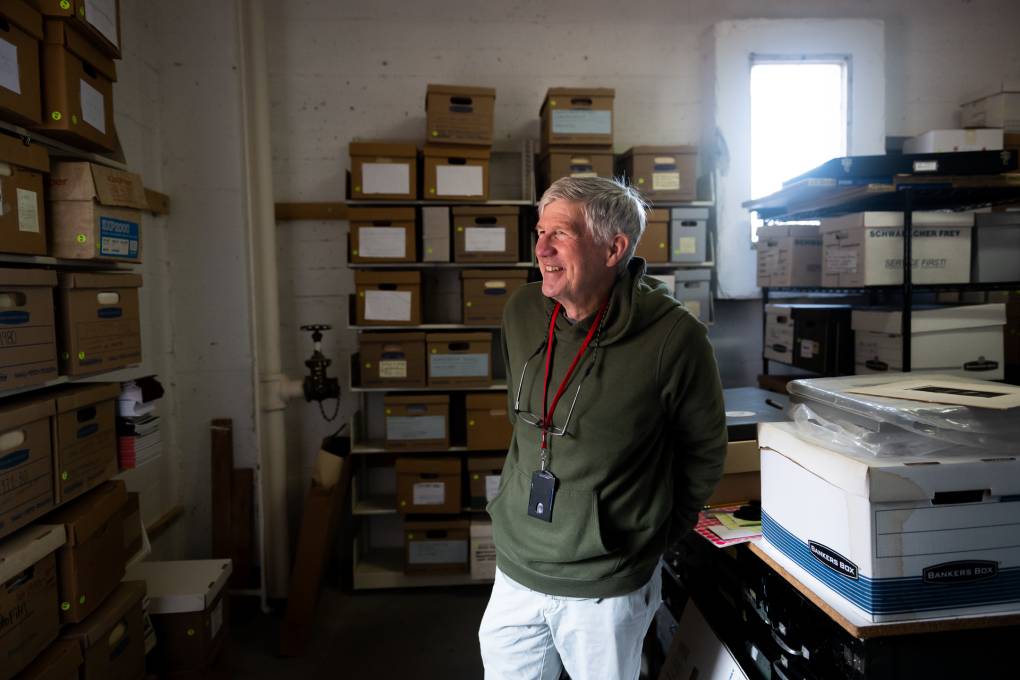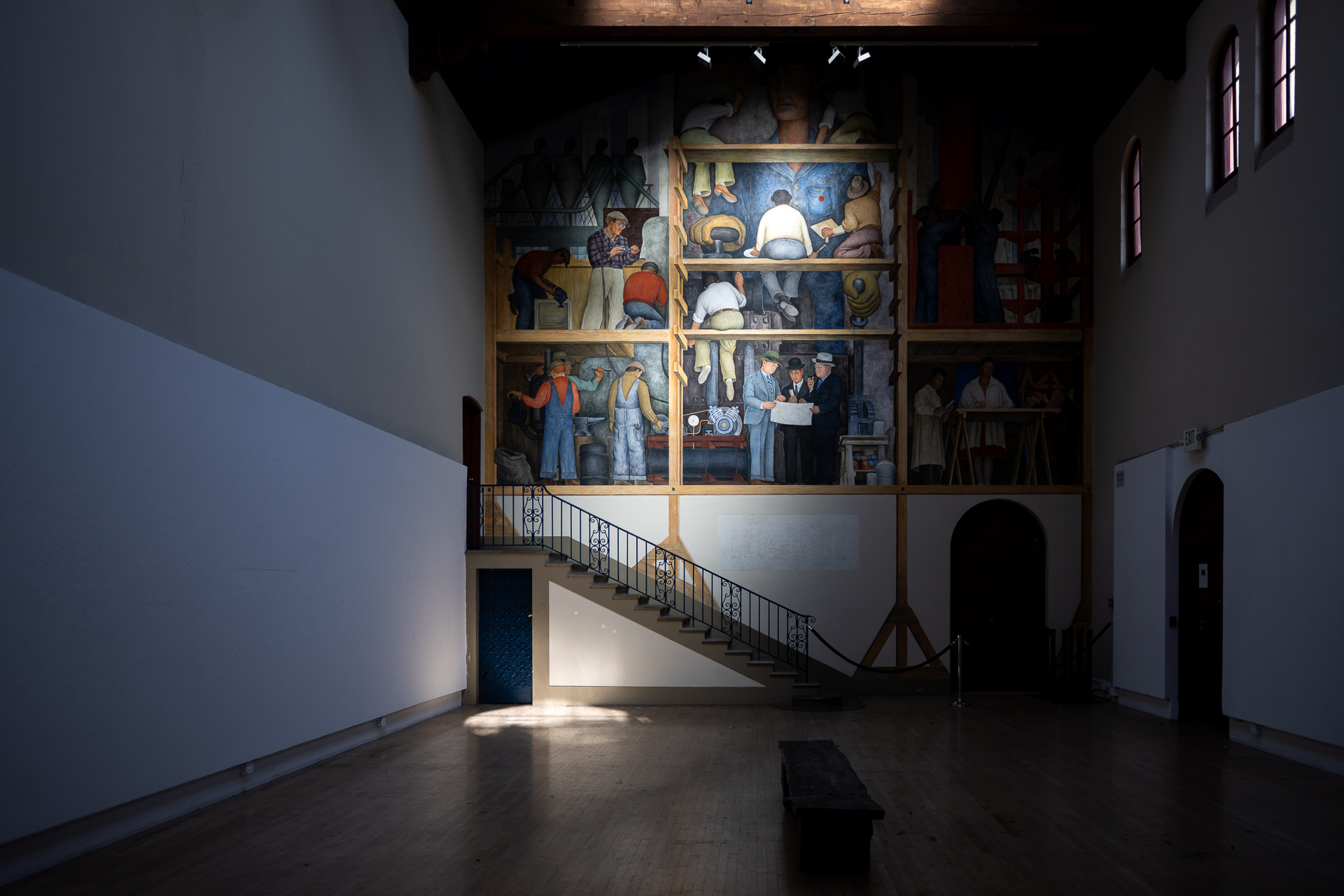In a San Francisco Bell Tower, SFAI’s Archive Prepares for a Large Transfer

Maintaining the archive in this way is also a question of justice. Rather than just the ‘greatest hits’, this project will feature lesser known stories and new voices in school history. “We’re going to look at everything at least a little bit and have a chance to see what’s buried there, which is very cool,” explains Alexander. Finally, all descriptions and finding aids will be available through the Online Archive of California. “It’s going to be a lot easier to find something you might not have known you were looking for,” she adds.
The Legacy Foundation’s immediate goal is to raise enough funds — DeSantis says “at least $100,000” — to rent space to house the archives and where Gunderson and Alexander can begin their work. If they can come up with $250,000, DeSantis says, so much the better. That would guarantee some stability. The Legacy Foundation is looking for at least 650 square feet in San Francisco, although the long-term goal is to house the archive in a larger location where the public could visit and find programs.
In true SFAI fashion, the deadline for when the archive will have to leave campus is uncertain, as is the future of 800 Chestnut St.
The Ceramics Studio at the San Francisco Art Institute is vacant as of February 1, 2023. (Beth LaBerge)
What the archive is not
There are many things the Archive is not: the Diego Rivera mural, the books circulating in the library, the studio equipment, and the campus itself. The Archive is not an educational institution. In fact, as long as SFAI, “the school,” exists in some form, the Legacy Foundation cannot provide instruction. Unlikely, half a year after the planned merger with USF failed, SFAI “the school” remains and pays rent to the UC Regents.
Does SFAI have to file for bankruptcy? Marx says that is “the interesting question with no easy answer”. SFAI and the UC Regents, who now own 800 Chestnut St., are negotiating with developers for a possible sale. Appropriate uses of the property could include education, housing or a hotel.
“But ultimately,” explains Marx, “the long-term success of SFAI and its ability to be resurrected as a fine arts school depends on whether the mural can be sold.” Marx says the buyer would have to guarantee that Rivera’s The Making of a Fresco Showing the Building of a City remains open to the public on site.
 The walls at the Diego Rivera Gallery stand bare save for Diego Rivera’s 1931 mural The Making of a Fresco Showing the Building of a City, on view at the San Francisco Art Institute on February 1, 2023. (Beth LaBerge)
The walls at the Diego Rivera Gallery stand bare save for Diego Rivera’s 1931 mural The Making of a Fresco Showing the Building of a City, on view at the San Francisco Art Institute on February 1, 2023. (Beth LaBerge)
This potential sale is complicated by the fact that the SFAI no longer owns the gallery where the mural exists – the UC Regents do. In a dream scenario, a museum could buy the Rivera and set up a satellite gallery with some sort of easement; SFAI could re-emerge with a smaller footprint, perhaps only as a graduate program.
“We’re definitely aggressively pursuing any opportunity we have left in terms of restarting schools,” says Marx. Even if the school loses its entire fortune and comes out with about $5 million, that’s not enough to move forward. In this scenario, SFAI would pay “the school” additional severance pay to faculty and staff and shut down permanently.





